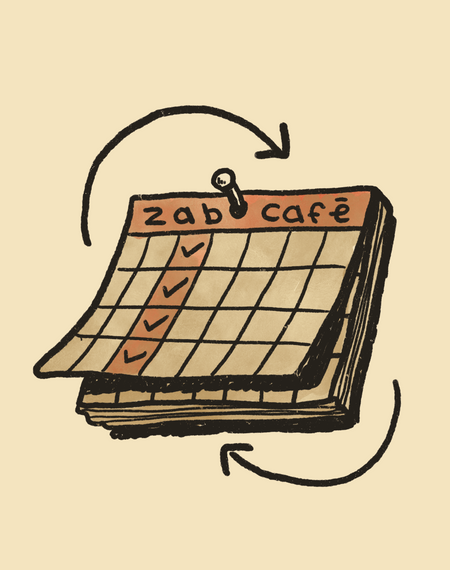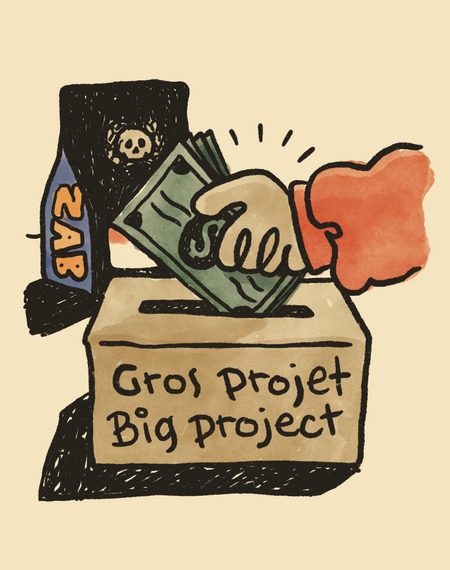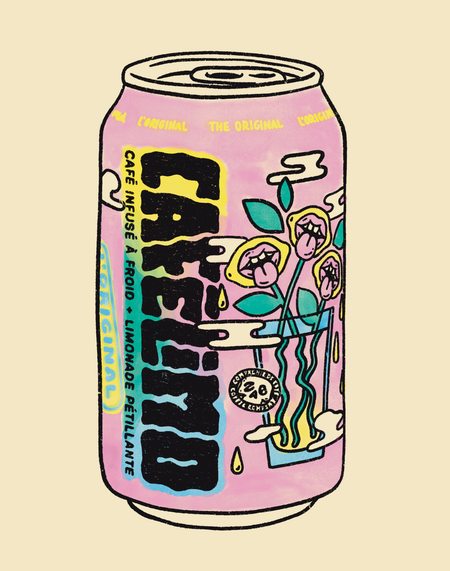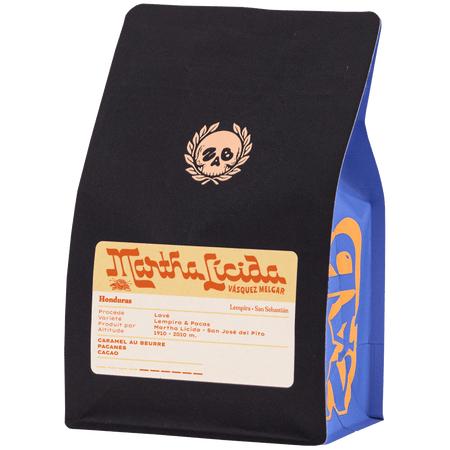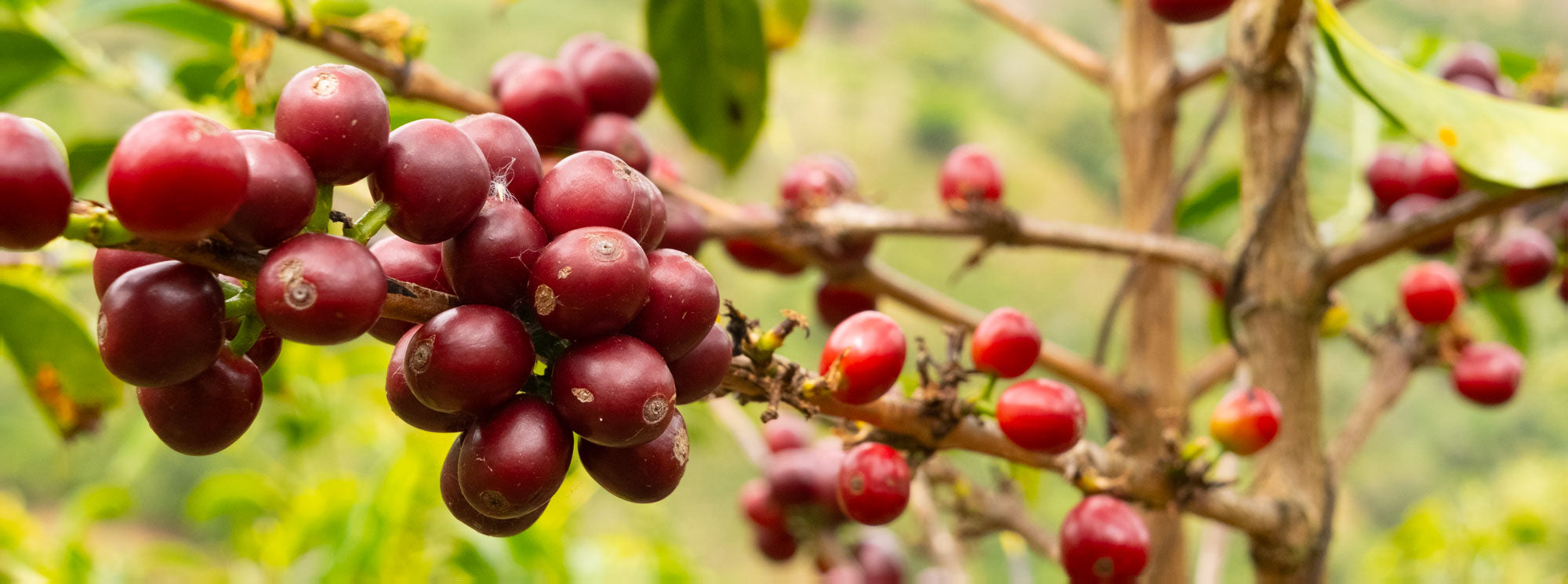
Tasting notes
Coffee is an extremely complex and aromatic beverage. It's even quite impressive to see how varied its flavours can be. Pinpointing distinct tasting notes for each coffee enables you to compare beans and guide consumers toward those that align with their preferences.There is nothing added… we are talking about flavours naturally developed in the coffee bean. But where do these famous flavours originate?
Numerous factors contribute to the taste of coffee, beginning with the cherry itself, which acquires distinctive attributes during its growth. The varietal of coffee chosen, but also its relationship with the terroir in which it grows will greatly vary the flavours. Once the cherry is picked, the process used to remove the coffee bean from the fruit, dry and ferment it will also have a significant impact on the profile. Even at this early stage, a myriad of flavour combinations becomes accessible to us. Yet, for a coffee bean to unveil its full spectrum of flavours, roasting is essential, as a green bean is far from being as interesting. Roasting can be viewed as the crucial element that unlocks developed flavours, caramelizes sugars, and introduces specific characteristics typical of the roasting process.
Identifying flavours is not an easy task, especially for novices. It is important to note that when describing a tasting note, like raspberry for example, it can never equal the experience of eating the fruit itself. After all, it is a cup of coffee! The objective is rather to associate certain elements present in the cup with sensory memories. For instance, the fruity side may evoke the taste of a raspberry. Breaking down what you taste into several elements makes the exercise less arduous. There is the fruit, the sweetness, the acidity, the body, the aftertaste... Is the sweetness reminiscent of simple white sugar or caramelized brown sugar? Is the acidity akin to that of a lemon, or does it lean more towards the acidity found in a red apple?
Certainly, this is all subjective; even raspberries themselves may not consistently display the same flavour, and your personal experiences with these fruits can significantly influence your perception. What you can identify in a cup of coffee will be linked to your olfactory and taste memory. Enriching these memories by tasting a variety of fruits, spices and nuts can help you recognize these nuances in your next cup of coffee.
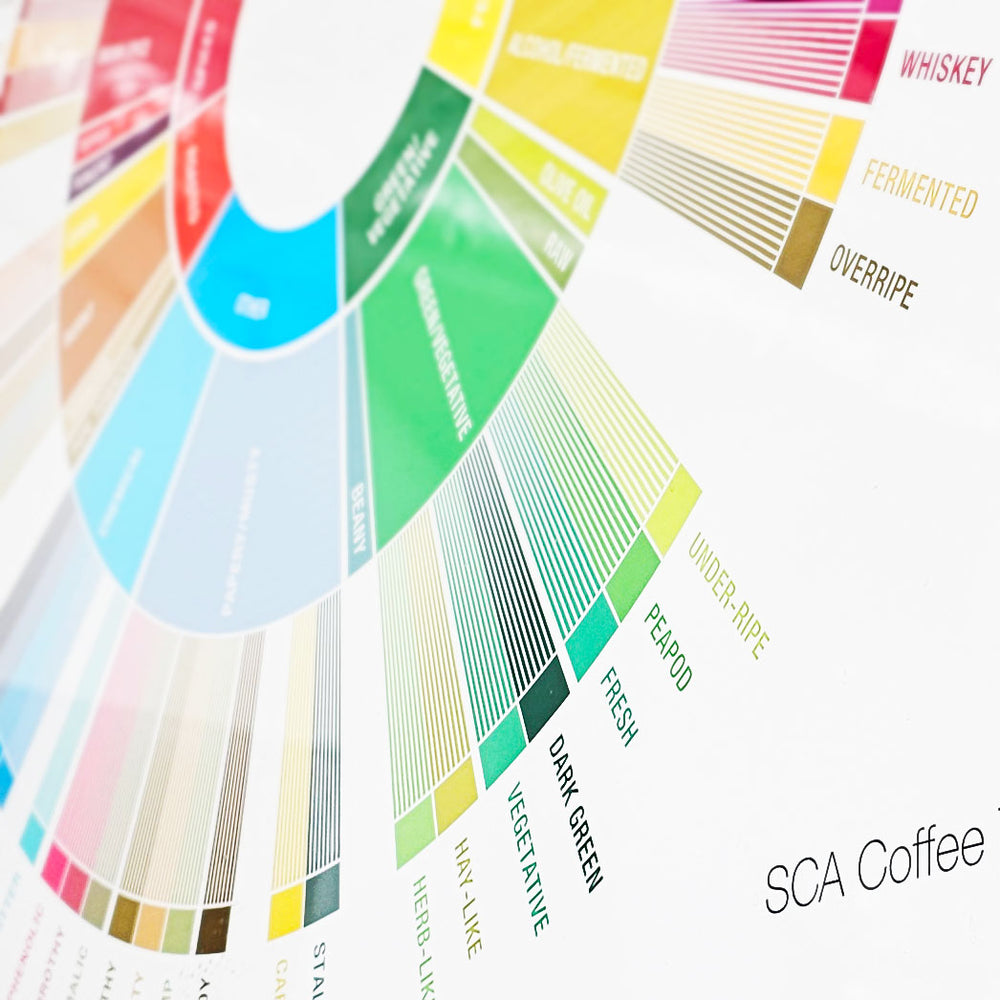
The flavour wheel is a practical tool to put precise words to what you are tasting. Flavours are categorized in the center, representing general characteristics like fruity, floral, nutty, spices, etc. These categories are further subdivided to specify tasting notes. The concept is to begin from the center and expand outward, enabling a precise description of what you are tasting.
Ultimately, there is no secret. To improve your palate, practice is essential! Take time to think about what you're tasting, even if at first the only note you can identify is "coffee." Do not be discouraged! The more you practice, the more the flavours will come through. The beauty of this exercise is that you can easily indulge in it every morning. Enjoy your tasting!

